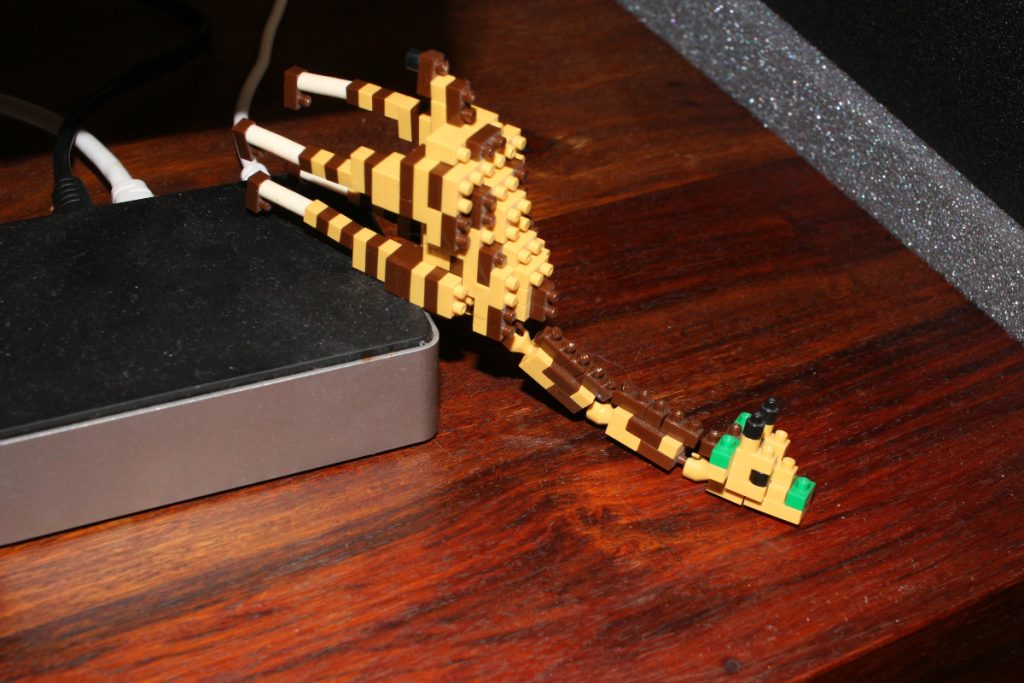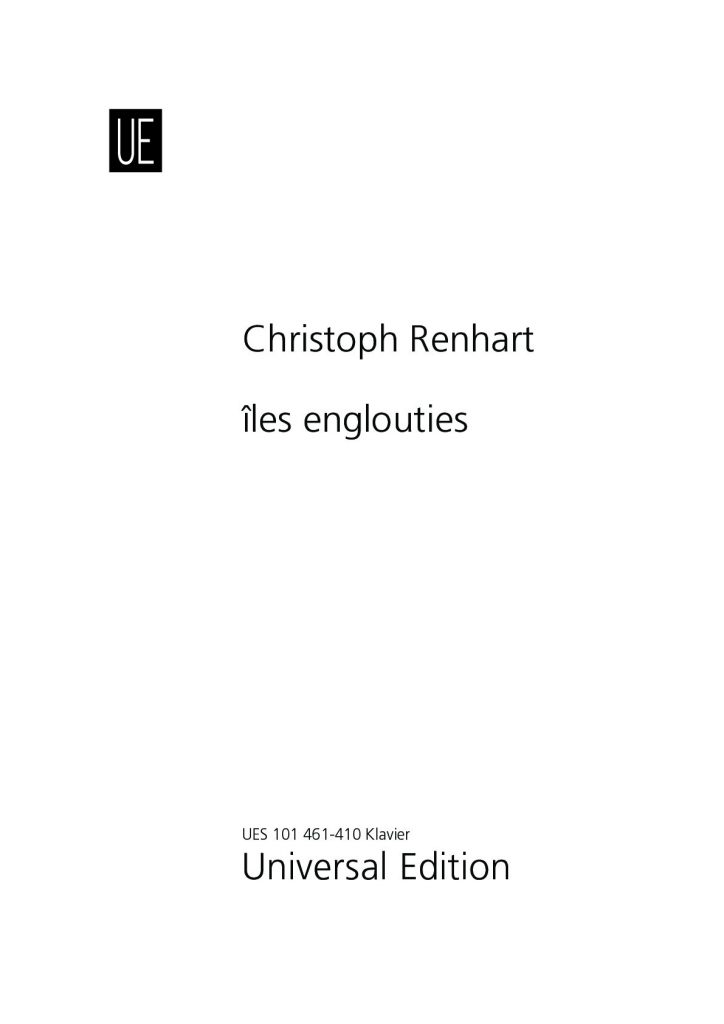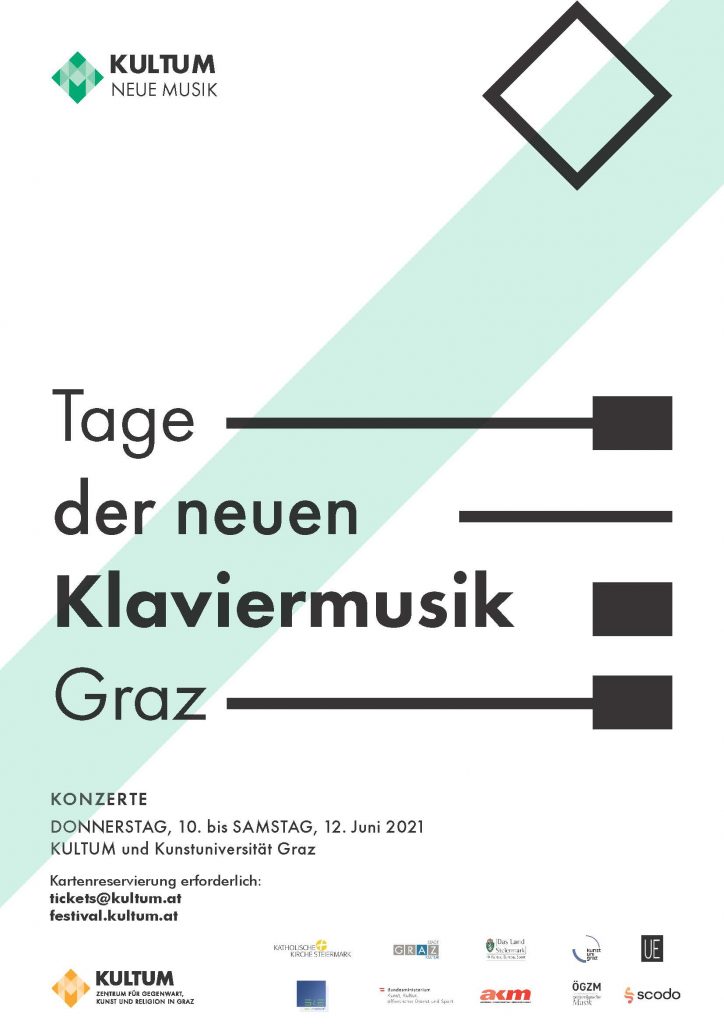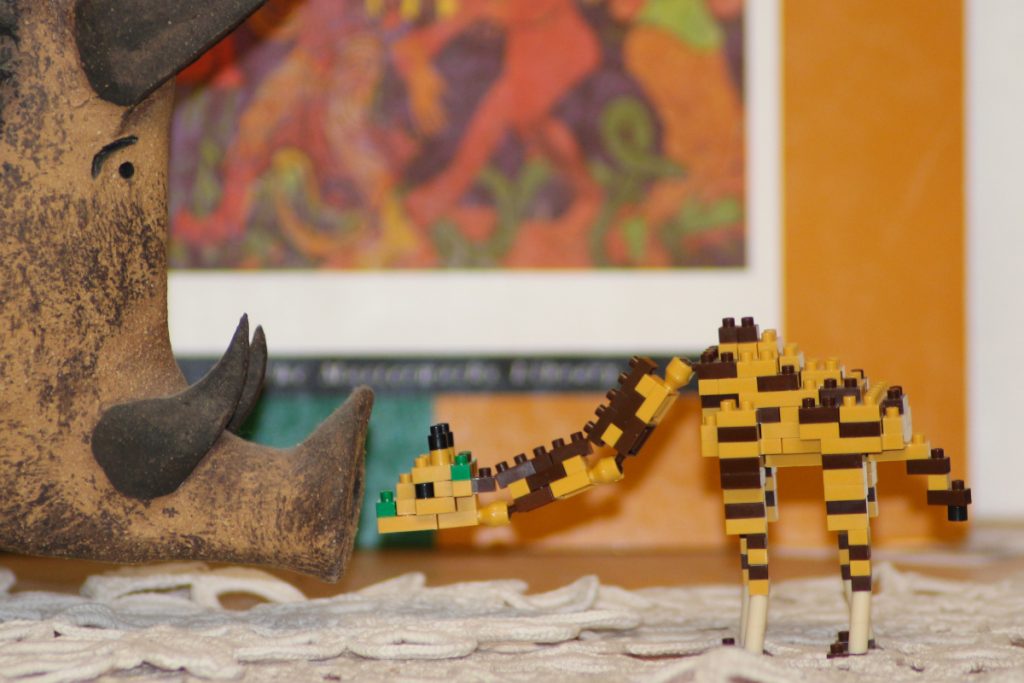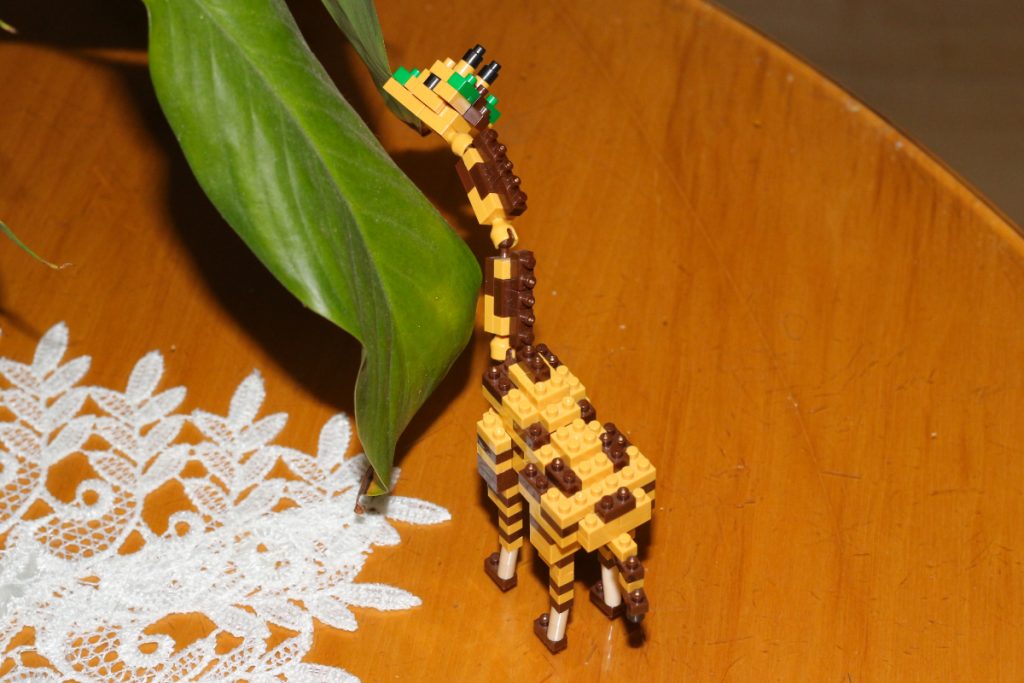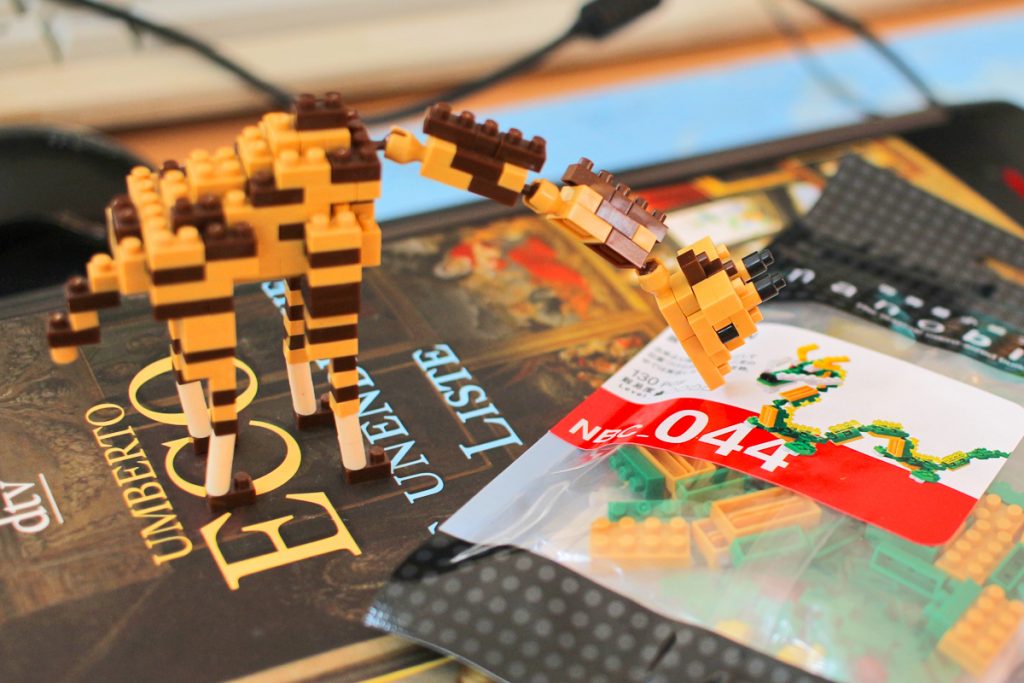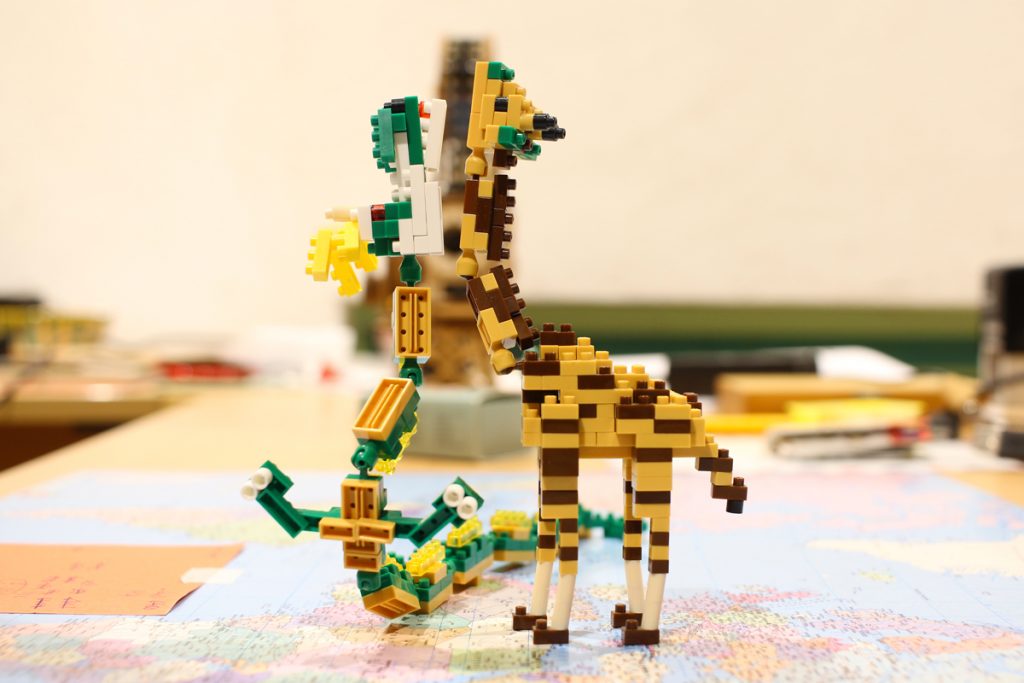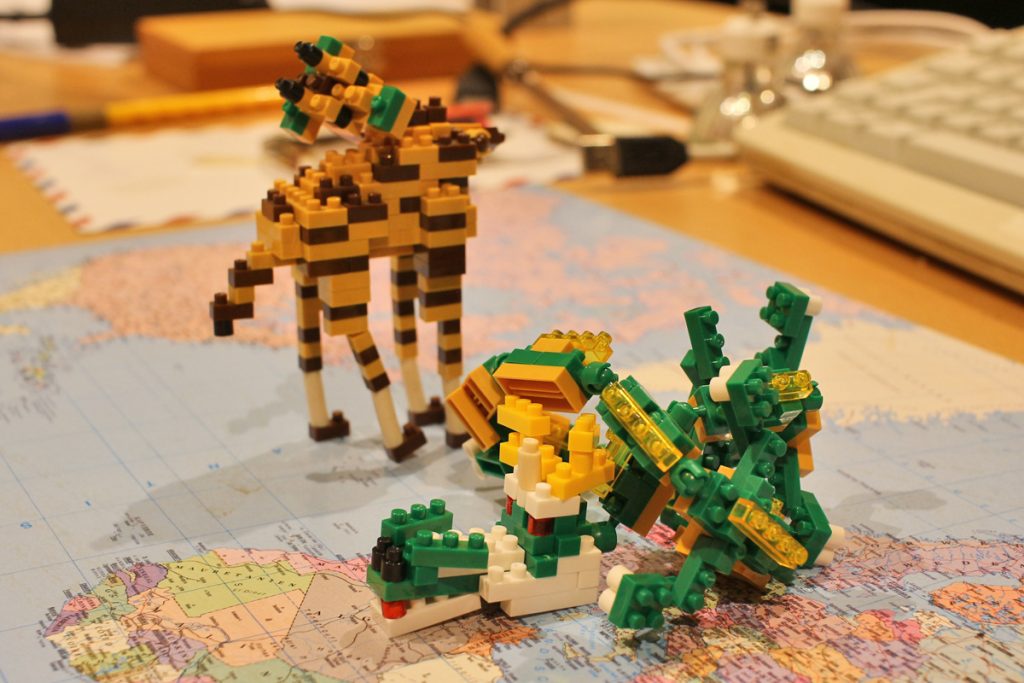
Christmas is all around us. While we are walking through the annually refurbished winter wonderland the snow is falling as silently as ever. Peaceful is the night unless we turn on the radio and keep a lookout for Christmas carols. Here you are some of this year’s worst troves.
1. «Little Drummer Boy»
(as sung (?) by Bob Dylan)
Bob Dylan was awarded the Nobel Prize in Literature, right? Didn’t go fetching it back in 2016, did he? Isn’t such a great singer, is he? Well, let’s agree on the fact that he is not one of those musicians whose artistic expression relies entirely on pitches. Now, Dylan’s version of Little Drummer Boy comes along as a mixture of «Let’s get it over with!» and «How could I possibly bore little children (and little adults) with some even more boring songs?». In order not to fall asleep instantly while listening to the Little Drummer Boy the percussionist (or the drum computer) keeps us machine-gunned up time and again.
If you do not consider this bad enough try Must Be Santa instead, which you will (hopefully not) find on the same disc.
2. «Stille Nacht»
(as sung by EAV)
Keep it stupid, stupid. Whenever we’re looking for something really silly, yet funny enough to be digged up, it could be worth paying a visit to the EAV (Erste Allgemeine Verunsicherung – «First General Uninsurance»). Only recently this Austrian band that peaked in the nineties has published a new CD called «ihr Sünderlein kommet» which means Oh, come, little sinners and refers to the German Christmas song Ihr Kinderlein, kommet / Oh, come, little children. As a matter of course EAV’s version of Stille Nacht / Silent Night is not really meant to be sung by the local church choir at the Midnight Mass on December 24.
Schlaf in himmlischer Ruh! (Sleep in heavenly peace)
Schlaf in himmlischer Ruh!
becomes
Trink den Punsch aus dem Schuh (Drink the punch from a shoe)
Schlafe in himmlischer Ruh
Other than that, the musicians did their very best to make this song sound really, really, really grisly. The arrangement comes along as tough as old boots (intentionally, of course) and I truly cannot find words for describing the fake-angels’ chorus in the first stanza.
If you do not consider this bad enough, though, try Klinik unter Psalmen instead (same disc).
3. «Jingle Bells»
(as played by an American school orchestra)
The performance starts at 2:11 and the solo at the beginning of it is pretty OK in comparison to … what the arranger did! Goodness me, consult a composer once in a while and/or consider adding a secondary voice to the mess. Or rests for the ‘bones. Or just rests. Silence is beautiful and John Cage is deemed a great composer too. Besides, throw a glance at the conductor. Perhaps he is also the arranger—there are some indications that this might be the case.
4. The very big something
(with a stunning guitar solo)
Until recently I did not know that the well-known film figure Borat had a less well-known kind of doppelgänger. In contrast to Borat, this guy is a thrillingly talented guitarist who doesn’t beat around the bush. Never ever. Jump to 0:56 and ascertain it for yourself!
Disappointed that this is no Christmas song? Well, frankly, I don’t know which kind of song this is meant to be, but any Christmas song could hardly be worse—so let’s consider it one.
5. «Christmas Is All Around»
(from the movie Love Actually)
This is a prime example of ridiculing an already silly text by very subtly destroying its metre. Let’s compare two lines —
Love that’s all around me
And so the feeling grows
is retyped to
Christmas is all around me,
And so the feeling grows
Naturally Christmas has got one syllabe too much. Christmas is lasting too long, pretty obvious, isnt’t it? There’s one more difference in both version that we stumble upon when we listen to Billy Mack (starring Bill Nighy) —
You gave your promise to me and I gave mine to you
I need someone beside me in everything I do
Oh, yes I do
becomes
You gave your presents to me
And I gave mine to you
I need Santa beside me
In everything I do
Apart from getting shockingly materialist, we observe that there’s something weird about Santa. This central word is supposed to be stressed on its first syllabe, but in this context it gets satirised by being emphasised on its second (sanTA instead of SANta). Admittingly I think that’s terribly funny to listen to, but if you do not consider this bad enough, watch this video instead:
